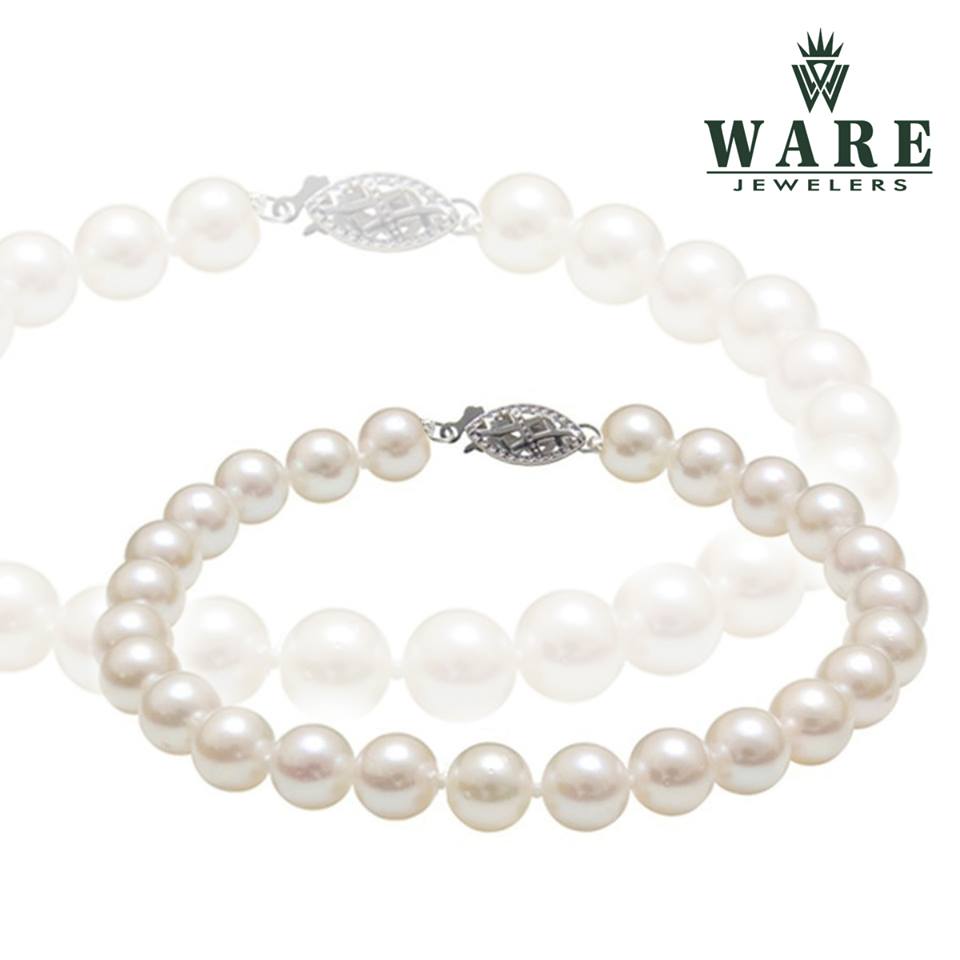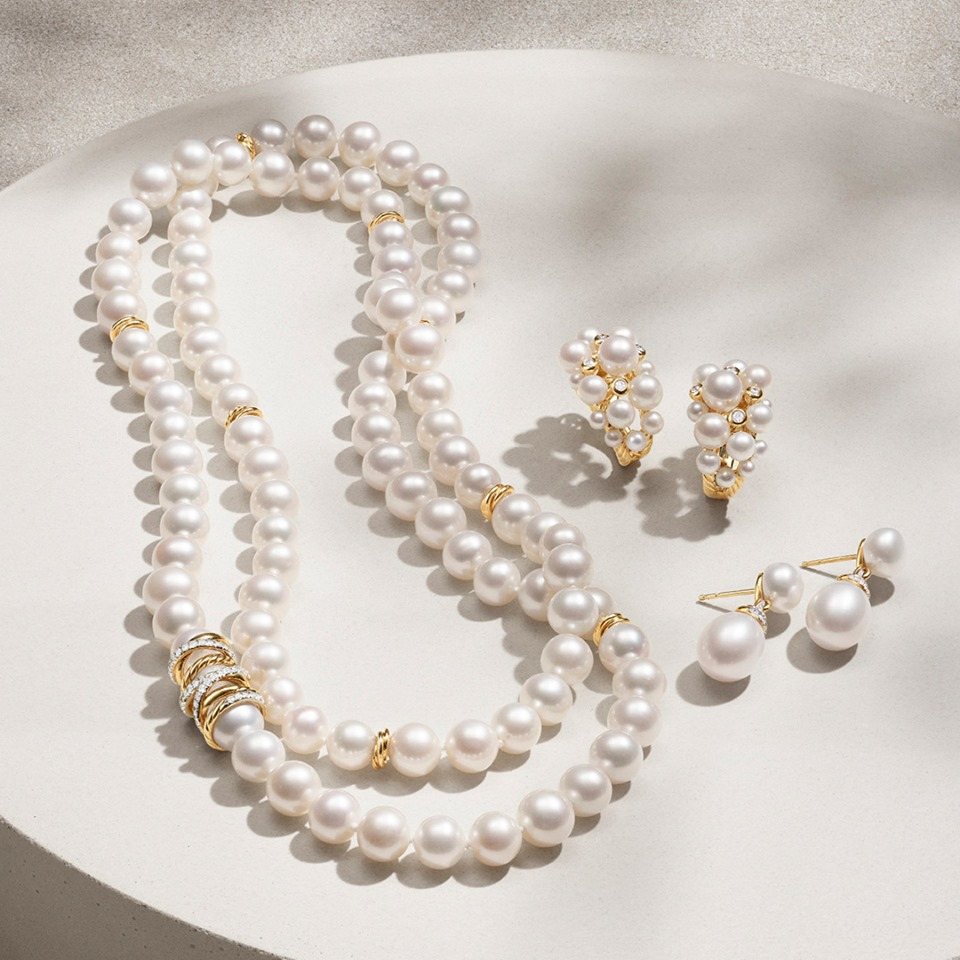Pearl necklaces and bracelets wear out over time. The string loosens up and eventually breaks – no matter the material used. In fact we recommend restringing your pearls every 1-2 years to avoid accidental breakage and consequent loss of pearls.
Pearls are strung together with threads, wires or even chains designed to match the smallest hole among the set of pearls. This limits the design to a somewhat delicate arrangement, liable to easy breakage. Regular wear-and-tear in combination with soiling from dirt and body oils assisted by the friction between the pearls and the string ensures that it will eventually break.
To avoid the inconvenience, it is advisable that you regularly get your pearls restrung. To do that properly, you need to keep some things in mind.
How many pearls were there?
In the urgency of getting your broken necklace restrung, you may overlook the most basic of facts – the number of pearls. People often find themselves counting the pearls AFTER they receive the restrung necklace and wondering how many there were to begin with. While almost all jewelers are honest and won’t try to dupe you, humans are prone to error – on both sides. You may incorrectly feel that there used to be more pearls and unjustly humiliate the jeweler, or the jeweler might have misplaced a pearl without knowing it. To avoid any hullabaloo, simply count the pearls and keep a well-documented note of it.

Silk or nylon?
When you think nylon, you think fishing rods and guitar strings. But that’s not the kind we use for pearls. The nylon used to string pearls is soft, supple and has the same appearance as silk. However elegant, silk has a tendency to stretch and wear out very quickly while nylon stands the test of time far longer. Nylon strings also knot as beautifully as silk, if not more. So, the better option is nylon. It lasts longer and is less likely to break.
Don’t wait for it to break
Now that you know every string will break sooner or later, take sensible precaution. If your necklace or bracelet seems loose or in poor condition, waste no time and bring it in for repair.
A bad apple
One loose pearl could mean that you have to restring your whole necklace. Please do not ask a jeweler for quick fixes to avoid the cost of a full repair. It is pointless and will end up costing you more. Usually one loose pearl is a good indication that the whole string is in need of replacement.
To knot or not to knot
We recommend knotting your string for a simple reason – practicality. If a knotted necklace breaks, you don’t run the risk of losing all your pearls. At most, you risk losing one pearl, unless the string breaks at multiple points at the same time which is highly unlikely.
Keep your pearls clean and free from dirt and oils. Keep an eye out for the condition of the string, get the pearls restrung regularly and you should be fine. To get your pearls restrung now, visit Ware Jewelers.

